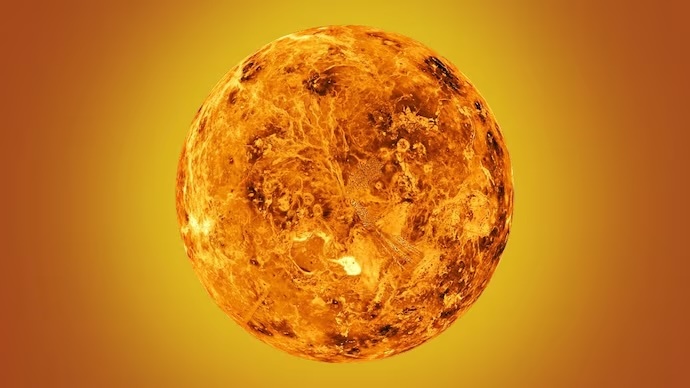21.10.2024
Roadmap outlines 25-year path to leadership in space, including more than 30 science missions

By any standard, China would seem to be a formidable space power. Earlier this year, the country achieved a historic first by retrieving soil and rock samples from the far side of the Moon. In 2021 China safely landed a spacecraft on Mars on its first try and released a rover, becoming just the second nation to do so. It has operated a continuously crewed space station that houses experiments involving microgravity and cosmic rays. And it has a fleet of scientific satellites observing the Sun, watching for gravitational waves, and catching x-rays from black holes.
But China wants to do much more and this week released an ambitious plan to make the country “a world power in space science” by 2050. “We have made breakthroughs,” Ding Chibiao, a vice president of the Chinese Academy of Sciences (CAS), said during a press briefing on the plan this week in Beijing. “But we still don’t have a great number of achievements, especially compared to developed nations.”
The mid- to long-term roadmap unveiled on 15 October calls for, among other things, establishing a research station on the Moon, returning samples of Venus’s atmosphere to Earth, and launching more than 30 space science missions by midcentury.
The plan—a joint effort of CAS, the China National Space Administration, and the China Manned Space Agency—outlines a three-phase roadmap for the next 25 years. In the near term, it confirms projects already underway, including continued operation of the Chinese space station and further probes of Mars. Also in the pipeline is Xuntian, the Chinese Survey Space Telescope, a 2-meter optical telescope that will study exoplanets, star formation, and galaxy evolution. It is due to launch in 2026.
During the next phase, through 2035, the plan calls for China to send people to the Moon and establish a research station. It also calls for launching new Earth-observing instruments and sending a spacecraft to Venus to scoop up a canister of its atmosphere and bring it back home.
Further ahead, in 2036 to 2050, the plan is short on specifics but lists broad goals. These include studying the origin and evolution of the universe, gravitational waves, high-energy cosmic radiation, extraterrestrial life, and various aspects of the Solar System. The topics were proposed by the space science community, says Yan Gong, a cosmologist at the CAS National Astronomical Observatories who is working on the Xuntian mission. Dozens of missions to address them will be specified and developed later, Gong says.
Officials at the briefing emphasized that China sees great benefit in cooperating with other nations in pursuing space exploration and science. Wang Chi, director of the CAS National Space Science Center, pointed to the Solar wind Magnetosphere Ionosphere Link Explorer(SMILE), a joint mission between CAS and the European Space Agency (ESA), due to launch next year, as an example of “all-around” cooperation in developing, launching and operating a space science mission. He noted that China is placing a growing number of scientific instruments from other countries on its satellites, and that foreign scientists are part of many mission teams. “We will continue to strengthen cooperation in various disciplines,” Wang said.
China’s researchers welcome the plan, says Xiao Long, a planetary scientist at China University of Geosciences. He notes the country’s space science efforts have been constrained by funding based on the government’s 5-year economic blueprints. Looking 25 years ahead allows for long-term thinking. “This is especially beneficial for young scientists planning their careers,” Xiao says. And although the plan does not mention funding, Xiao believes it will lead to an increase in the national investment in space science.
Quelle: AAAS
